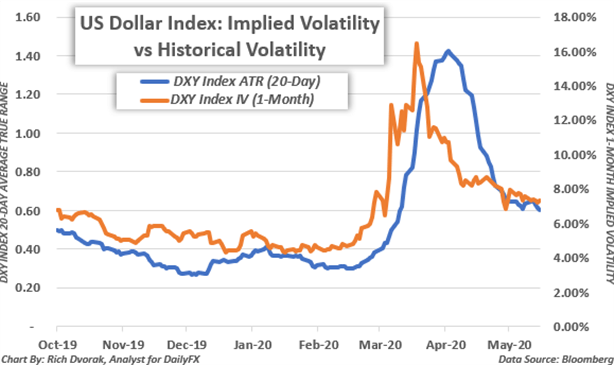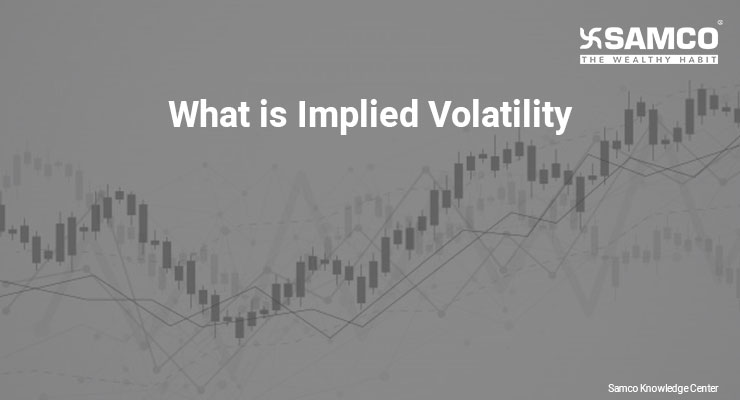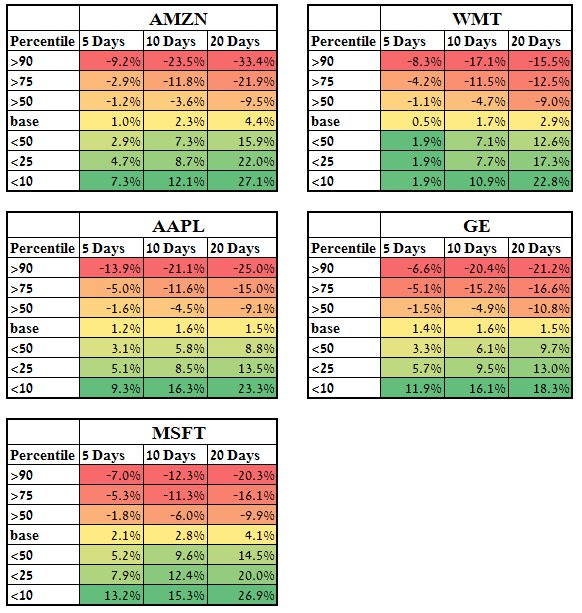Understanding the Importance of Implied Volatility
In the realm of option trading, implied volatility (IV) emerges as a crucial metric that quantifies the market’s expectations of future price fluctuations. It encompasses the anticipated degree of volatility, or risk, associated with an underlying asset’s price. Understanding IV is essential for investors seeking to effectively evaluate and strategize their options trades, as it provides valuable insights into how the market perceives the potential for future price movements.

Image: community.ig.com
Demystifying the Concept of Implied Volatility
Implied volatility represents the annualized standard deviation of an underlying asset’s logarithmic return, implied from the prices of its traded options. Essentially, it estimates the market’s predicted range of future price changes. A higher IV indicates that the market anticipates significant price fluctuations, while a lower IV suggests a more stable price environment. By incorporating IV into option pricing models, traders can determine the fair value of options and make informed decisions about their trades.
Historical Volatility vs. Implied Volatility
While implied volatility forecasts future price movements, historical volatility measures past price fluctuations. Historical volatility, calculated using historical data, provides a backward-looking perspective on how the asset’s price has behaved. In contrast, implied volatility offers a forward-looking view, reflecting the market’s collective opinion of the asset’s future behavior. By considering both historical and implied volatility, traders can gain a comprehensive understanding of the asset’s price dynamics.
Factors Influencing Implied Volatility
Numerous factors shape implied volatility, including:
-

Image: www.samco.inMarket Sentiment:
Bearish or bullish market sentiment significantly influences IV. Negative sentiment leads to higher IV as investors anticipate increased price swings, while positive sentiment results in lower IV due to expectations of price stability.
-
News and Events:
Impending news announcements, economic data releases, or major events can trigger abrupt IV spikes, as investors adjust their risk assessments based on anticipated market reactions.
-
Time to Expiration:
The time remaining until an option’s expiration date also impacts IV. Longer-term options typically have higher IV than short-term options, reflecting the greater uncertainty associated with predicting price fluctuations over an extended period.
-
Liquidity:
Illiquid options with fewer trades tend to exhibit higher IV due to the lack of liquidity and the increased risk for traders.
Trading Strategies Using Implied Volatility
Traders can incorporate IV into their trading strategies in several ways:
-
Volatility Trading:
IV itself can be traded as a derivative, allowing investors to speculate on future volatility levels.
-
Premium Harvesting:
High IV can lead to inflated option premiums. Traders can sell overpriced options to capture these premiums.
-
Covered Calls:
Implied volatility influences the pricing of covered calls, where traders sell call options against their underlying asset holdings. Higher IV leads to higher call option premiums.
-
Protective Strategies:
Traders can utilize options with low IV to hedge against potential price movements, such as protective puts or collars.
What Is Implied Volatility In Option Trading

Image: blog.optionsamurai.com
Conclusion
Implied volatility stands as an indispensable metric in option trading, providing traders with valuable insights into the market’s anticipated price fluctuations. By understanding the concept and considering the factors that influence IV, traders can make informed decisions, refine their trading strategies, and navigate the ever-evolving market landscape with greater confidence. Embracing the power of implied volatility empowers traders to capitalize on market opportunities and mitigate risks effectively, fostering success in the dynamic world of option trading.






